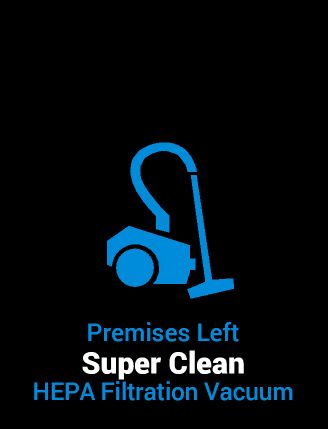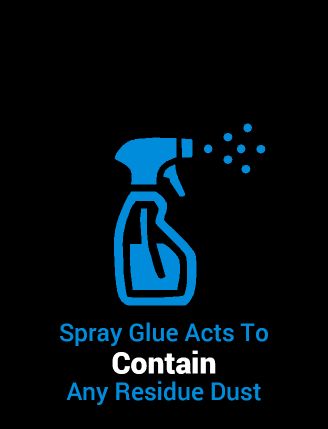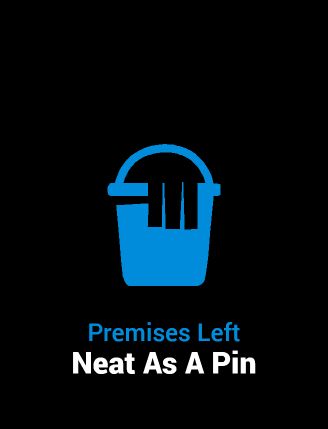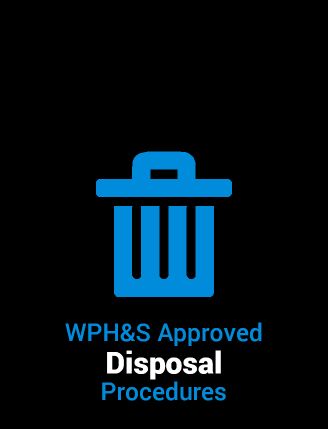Asbestos History in Australia
Australia has had one of the most extensive histories with asbestos. Boasting of vast deposits of asbestos, the country played host to several asbestos mining hubs over the years. For instance, Crocidolite (blue) asbestos, which is one of the most toxic kinds of asbestos, was extensively mined in Wittenoon town of Western Australia from early 1930s to 1966 when the mine was closed down. Between 1950 and 1970, Australia had the highest per-capita-rate of asbestos usage in the globe. Asbestos mining was also intense in the Woodsreef mine located in Barraba Township in New South Wales. The Woodsreef mine produced chrysotile (white) asbestos until the 1980s and is still a vital a source of Asbestos exposure in Australia.
Uses of Asbestos in Australia
Asbestos products were largely used in the construction, plumbing, carpentry, electrical engineering, insulation and shipbuilding industries. Asbestos was also a critical component of asbestos cement for building. Asbestos materials were cheap and durable, resulting in extensive usage in construction projects after World War II. For instance, over 70,000 houses had been built with asbestos-based cement in New South Wales alone, by 1954. By the late 1960s, over 25-percent of new houses in Australia were clad in asbestos cement while 98-percent of all homes constructed before 1976 had asbestos sheeting and roofing.
The common uses of asbestos include:
- Guttering, roof sheeting, gables and capping
- Vinyl sheet flooring
- Wall sheeting (such as the weatherboard and flat styles)
- Tile and carpet underlay
- Fencing, sheds and carports
- Telecommunication pits
- Water membranes
- Concrete formwork and some forms of window putty
- Flexible building boards and zelemite backing boards
- Expansion joints, imitation brick cladding, and packing under beam
Indeed, even with growing pressure to ban the use of asbestos in Australia, the huge demand oozing from textile mills, construction companies, production firms and repair companies ensured that asbestos mining and usage continued in Australia long after being banned in many countries across the globe. For example, brown (amosite) asbestos was used until the 1980s and formed a core ingredient of many products, including cement boards. Besides, until December 2003, asbestos was still used in gasket products and friction materials.
Emergence of Asbestos Regulation
Regulation of asbestos use in Australia started in the late 1970s. Prior to the 1970s, asbestos product manufacturers knew the risks associated with exposure to airborne fibers and mines but did not warn plant workers, miners and product users about those risks. Besides, wastes from asbestos plants were distributed unabated in community driveways, playgrounds and park paths while asbestos-contaminated wastes were recycled and used to manufacture Hessian bags for carrying vegetables and fruits, resulting in immeasurable exposure to asbestos. In 1967, however, blue (Crocidolite) asbestos was banned while the usage of brown (amosite) asbestos persisted till the mid-1980s. Indeed, asbestos products have not been used in residential buildings in Australia since the 1980s, though the complete ban of all forms of asbestos came in December 31, 2003 with the banning of white (chrysotile) asbestos. Today, it is unlawful to import, supply, store, install, recycle or use asbestos in Australia. Nonetheless, the ban does not relate to asbestos that was installed before this date, such as those in houses.
Types of Asbestos
Asbestos is a highly versatile mineral that offers impressive flexibility, electrical insulation, chemical inertness, tensile strength and affordability, resulting in thousands of applications. It is made up of silicate fibers that are finer than human hair. Asbestos in Australia can be classified into:
Serpentine Group: Made up of white (chrysotile) asbestos only.
Amphibole Group: Made up of blue (Crocidolite) asbestos and amosite (brown) asbestos.
What Clients Like About Us




